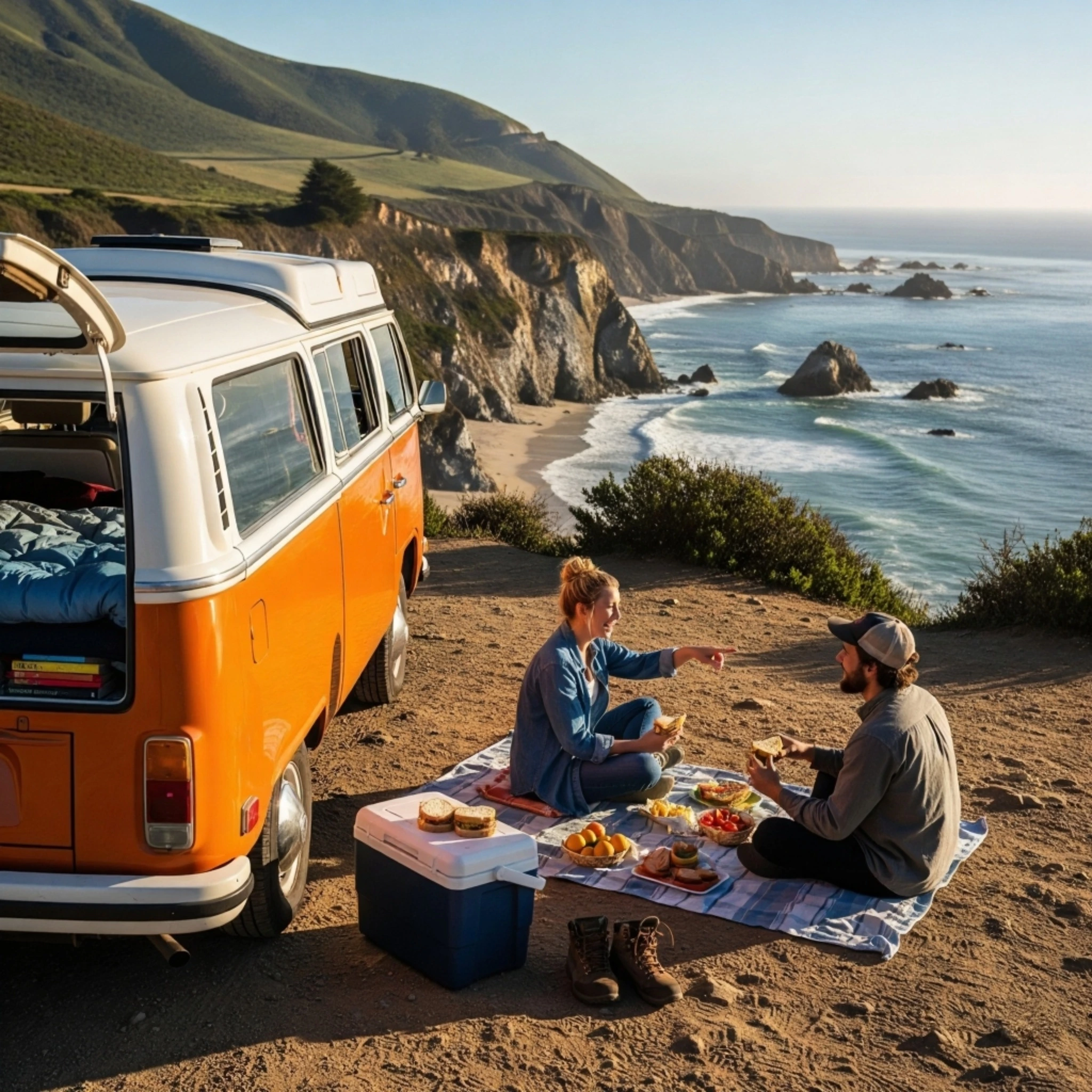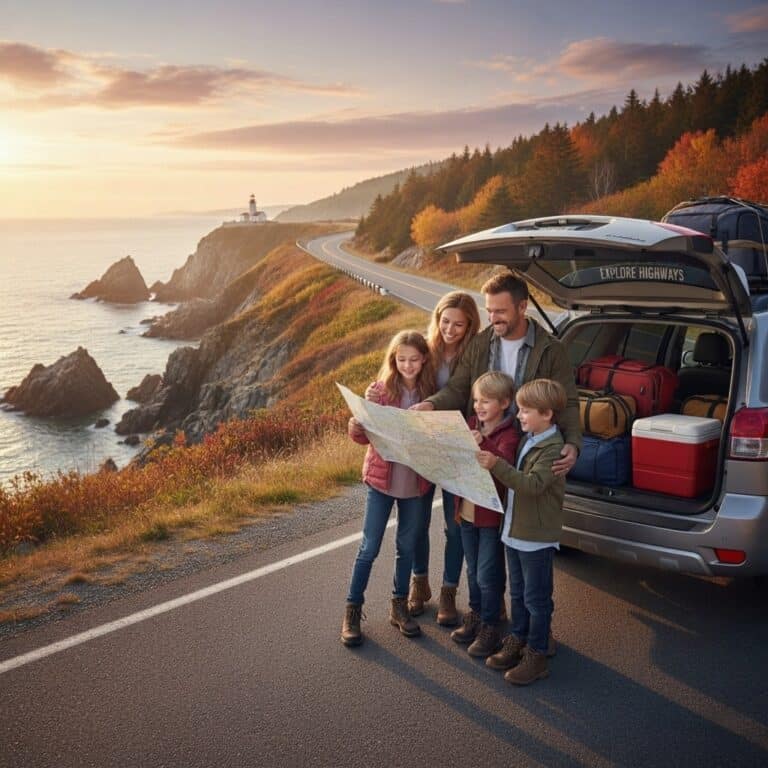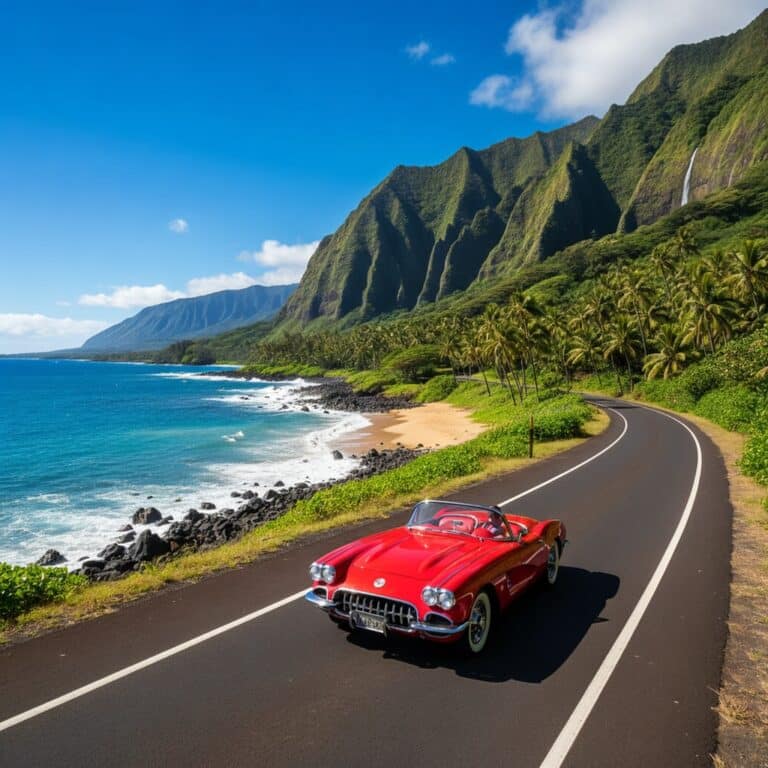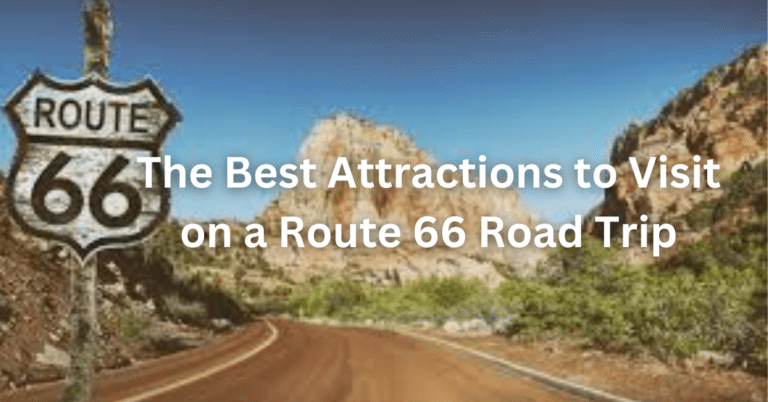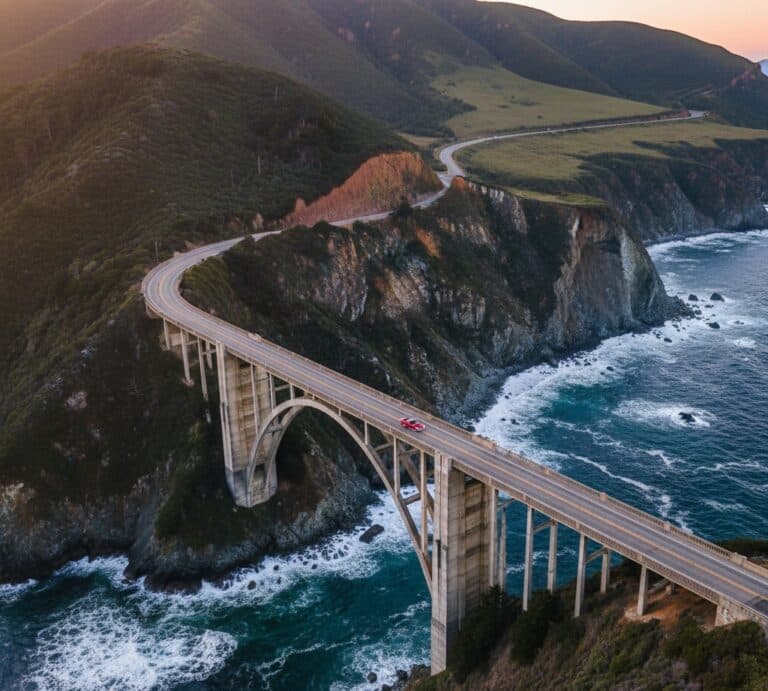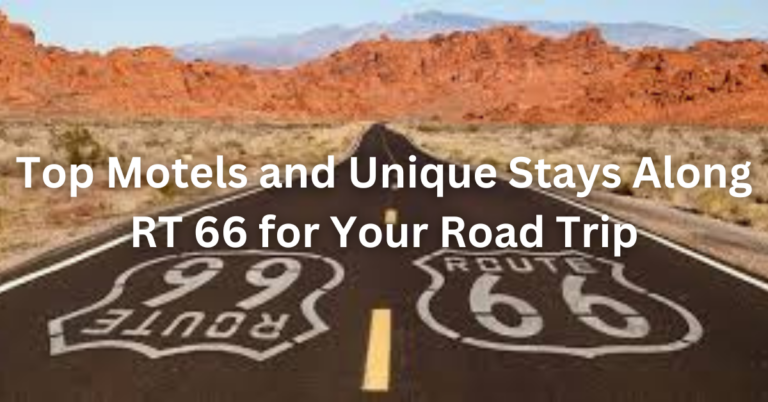Budget-Friendly West Coast Road Trip: Save Money & See More!
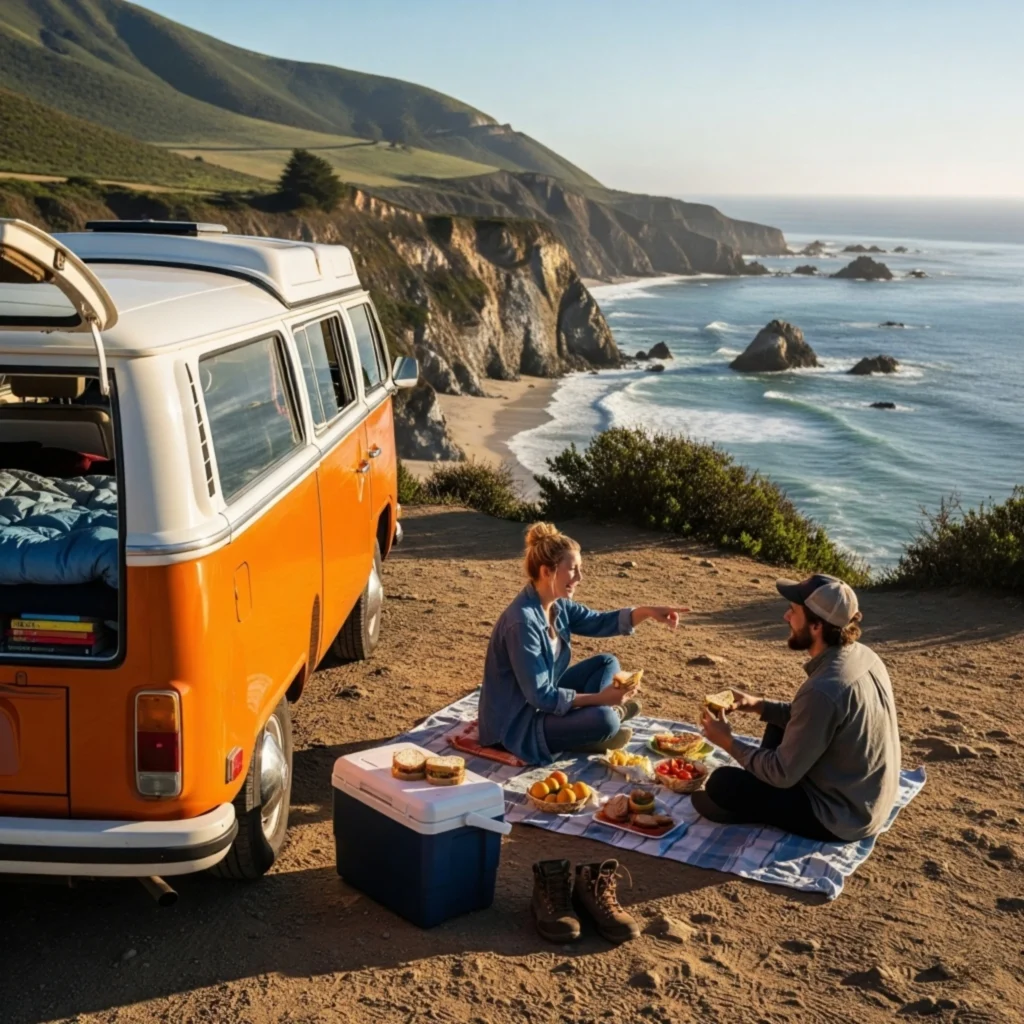
Budget-Friendly Tips for a Memorable West Coast Road Trip: Your Ultimate Guide
cheap West Coast road trip
The West Coast of the United States—from the sunny beaches of California to the rugged shores of Oregon and the misty forests of Washington—is a dream for road trippers. Iconic drives like the Pacific Coast Highway, stunning national parks, and vibrant cities call out for adventure.
But let’s be honest: a West Coast road trip can seem expensive. Gas prices, hotel costs, and dining out can quickly add up. What if we told you it doesn’t have to break the bank?
You can explore the majestic beauty of the West Coast without emptying your wallet. This ultimate guide will show you how to plan a budget-friendly West Coast road trip that’s packed with adventure, unforgettable sights, and incredible memories—all while keeping your expenses in check. Get ready to hit the road smarter, not richer!
Why the West Coast is Perfect for Budget Road Trippers
Despite its reputation, the West Coast is actually ideal for budget travelers because:
- Free Natural Beauty: Many of its best attractions—beaches, hiking trails, scenic overlooks, and even parts of national parks—are free or very low cost.
- Camping Options: Endless opportunities for affordable camping, from developed campgrounds to free dispersed camping.
- Road Trip Culture: The infrastructure for road trippers is excellent, with plenty of grocery stores, gas stations, and rest stops.
Phase 1: Smart Planning Before You Go (The Biggest Savings Start Here!)
The secret to a budget road trip is planning. The more you plan ahead, the more money you’ll save.
1. Choose Your Season Wisely
- Off-Peak Travel (Fall, Winter, Spring): Traveling outside of summer (June-August) means cheaper flights, lower accommodation prices, and fewer crowds. The shoulder seasons (April-May, Sept-Oct) are often best, offering decent weather and good deals.
- Beware of Holiday Weekends: Avoid major holidays like Memorial Day, 4th of July, and Labor Day, as everything (gas, hotels, attractions) will be more expensive and crowded.
2. Craft Your Route & Itinerary
- Focus on a Region: Don’t try to see the entire West Coast in a week. Pick a state or a specific section (e.g., Southern California, Oregon Coast, Northern California to Southern Oregon) to avoid excessive driving and gas costs.
- Map It Out: Use tools like Google Maps to estimate driving times and distances. Build in buffer time and aim for 4-6 hours of driving per day to avoid burnout and allow for spontaneous stops.
- Prioritize Free Attractions: Research free beaches, scenic drives, hiking trails, and city parks in advance.
3. Book Smartly and Early
- Flights: If you’re flying in, book flights 2-3 months in advance. Use flight comparison websites and be flexible with your travel dates.
- Car Rental: This is a big one. Book your rental car as early as possible. Use comparison sites and consider booking directly with the rental company’s own site.
- Tip: Look into smaller, local rental companies as they can sometimes offer better rates than the big brands.
- Accommodation:
- Camping: If you plan to camp, book popular campsites months in advance (especially in National Parks).
- Hostels: Great for solo travelers or small groups, offering dorms or private rooms at a fraction of hotel cost.
- Budget Motels: Look for chains like Motel 6, Super 8, or independent motels, often found on the outskirts of towns.
- Vacation Rentals (Airbnb/VRBO): Can be cost-effective for groups or longer stays, offering kitchen access to save on food.
Phase 2: Smart Savings on Wheels (Your Car is Your Wallet!)
Your vehicle will be your biggest expense after flights, so managing it smartly is key.
4. Fuel Up Smart
- Use Gas Price Apps: Download apps like GasBuddy to find the cheapest gas stations along your route. Even a few cents per gallon adds up over hundreds of miles.
- Fill Up in Cheaper States/Areas: Gas prices vary widely. Generally, rural areas might be cheaper than big cities or popular tourist spots. Oregon, for example, often has cheaper gas than California.
- Drive Efficiently: Maintain a steady speed, avoid harsh acceleration and braking, and use cruise control on highways. This can significantly improve your fuel economy.
5. Car Rental Hacks
- Skip the Upgrades: You likely don’t need the biggest SUV. A smaller, more fuel-efficient car will save you money on both the rental rate and gas.
- Decline Extra Insurance (if you have coverage): Check if your personal car insurance or credit card already provides rental car coverage. If so, you can often decline the rental company’s expensive add-on insurance.
- Inspect the Car: Before you drive off, take photos or video of any existing dents or scratches to avoid being charged for them later.
- Return Full: Always return the car with a full tank of gas. The rental company’s per-gallon price will always be higher than if you fill it yourself.
Phase 3: Eating Well for Less (Your Stomach and Your Wallet Will Thank You!)
Food is a major budget killer on any trip. With a road trip, you have the advantage of a car and often a cooler.
6. Pack a Cooler (Your Best Friend!)
- Stock Up at Supermarkets: Before you leave a big city (or upon arrival), hit a large supermarket like Safeway, Fred Meyer, Trader Joe’s, or Costco (if you have a membership). These are always cheaper than convenience stores or roadside stands.
- Road Trip Food List:
- Breakfast: Oatmeal packets, granola bars, fruit, yogurt, coffee/tea (bring your own travel mug and instant packets).
- Lunch: Sandwiches (bread, peanut butter & jelly, deli meat, cheese), wraps, salads you make yourself.
- Snacks: Nuts, trail mix, fruit (apples, bananas, oranges), carrots, hummus, crackers.
- Drinks: Water bottles (refill from taps), juice boxes.
- Picnic Power: Enjoy your meals at scenic viewpoints, state parks, or beaches. It’s often a better view than a restaurant, and completely free!
7. Eat Out Smartly
- Lunch is Cheaper: If you want to try local cuisine, aim for lunch specials, which are often the same food as dinner but at a lower price.
- Food Trucks & Local Eateries: Seek out food trucks, local diners, or ethnic restaurants. They often offer delicious food at better prices than tourist-trap restaurants.
- Shared Meals: If dining with others, share appetizers or main courses to cut costs.
Phase 4: Free & Affordable Fun (Experiences Over Expenses!)
The West Coast is full of incredible, low-cost experiences.
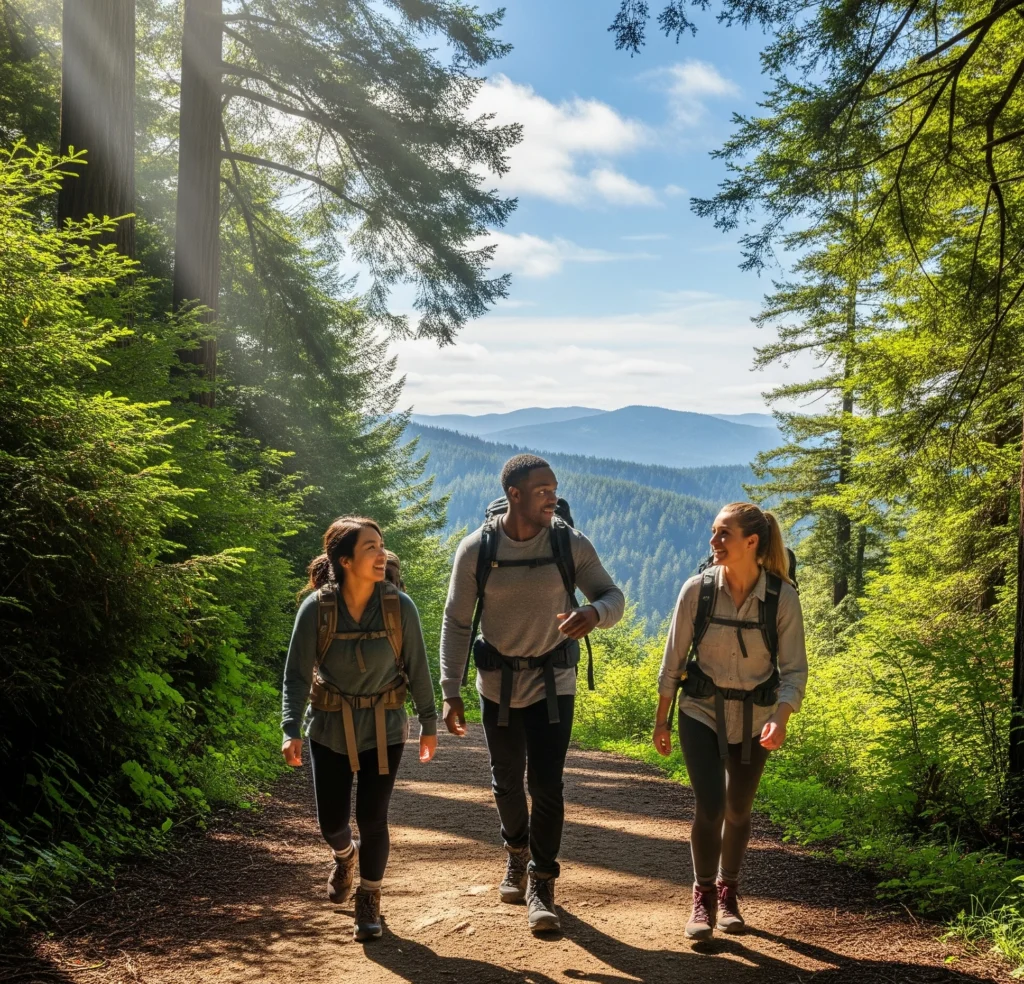
8. Embrace the Outdoors (It’s Free!)
- Beaches: Spend days relaxing, swimming, or walking on the countless free public beaches from California to Washington.
- Hiking: The West Coast has endless hiking trails, from easy coastal walks to challenging mountain treks. Use apps like AllTrails to find free trails.
- Scenic Drives: Beyond the PCH, explore other free scenic byways.
- State Parks vs. National Parks: State Parks often have lower entrance fees (or free day-use areas) compared to National Parks. They still offer amazing scenery and activities.
9. National Parks Pass
- America the Beautiful Pass: If you plan to visit multiple National Parks (e.g., Yosemite, Crater Lake, Olympic), buy an annual America the Beautiful Pass for $80. It covers entry for one vehicle and its passengers to almost all U.S. National Parks and Federal Recreational Lands for a full year. This is a huge money saver!
10. Free City Attractions
- Walking Tours: Many cities offer free (tip-based) walking tours.
- Museum Free Days: Check if any museums in cities you visit have free admission days or evenings.
- Parks and Public Art: Explore city parks, public gardens, and outdoor art installations, which are always free.
11. Camping is Your Friend
- Campgrounds: National Forests, State Parks, and Bureau of Land Management (BLM) lands offer campgrounds that are much cheaper than hotels.
- Dispersed Camping (Free!): In many National Forests and BLM lands, you can camp for free outside of developed campgrounds. You need to be self-sufficient (pack out all trash!) and check local rules, but it’s an incredible way to save.
Phase 5: Stay Connected & Safe (Without the High Cost)
Even on a budget, safety and staying in touch are important.
12. Stay Connected Smartly
- Download Offline Maps: Cell service can be spotty in remote areas. Download maps of your route and key areas on Google Maps or other navigation apps before you lose signal.
- Public Wi-Fi: Use free Wi-Fi at cafes, libraries, or visitor centers for internet access.
- Portable Charger: Keep your phone and devices charged, especially if using them for navigation and photos.
13. Be Prepared for Anything
- Emergency Kit: Carry a basic emergency kit in your car: jumper cables, flashlight, first-aid kit, extra water, non-perishable snacks, blanket, and a basic tool kit.
- Weather Awareness: West Coast weather can be unpredictable. Check forecasts regularly, especially if driving through mountains or coastal areas known for fog.
Your Affordable West Coast Adventure Awaits!
A West Coast road trip is an experience everyone should have, and with smart planning, it’s absolutely within reach for any budget. By focusing on free natural attractions, making wise choices about your vehicle and food, and embracing the freedom of the open road, you’ll discover that the most memorable moments often cost the least.
So, start planning, pack your bags (and your cooler!), and get ready for an unforgettable, budget-friendly journey along the stunning West Coast!

